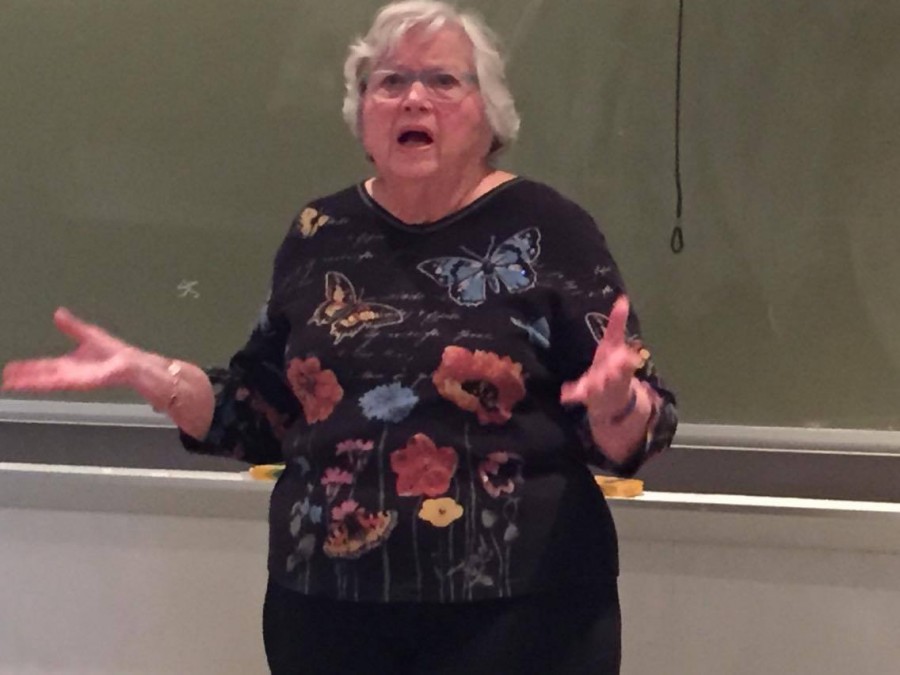Author, feminist and historian Dr. Janet Afary unveiled the history behind Iranian women on March 10 in the Sports Pavilion.
Afary, who earned a doctorate in history, spoke to about 250 students and faculty members. The lecture, sponsored by City College, was presented in honor of the late Leonardo Dorantes, who was slain in a race related murder in 1990. The lecture was held in effort to raise racial awareness in the community.
The speech was preceded by an emotional tribute to Dorantes, a teacher who was one of the last people to talk to the former student told a brief history of the incident. After the introduction, the audience remained deathly silent.
Afary started her speech about Iranian women wearing veils by stating that “many westerners regard veils as a symbol of the stagnant Middle Eastern culture.”
However, she went on to say that wearing veils is an idea adopted by the Arabians from cultures of countries they conquered in the Ottoman Empire.
“The veil was a symbol of being upper class,” Afary said. “Only the wealthy wore veils.”
At the turn of the 20th century, the wearing of veils shifted classes. Instead, now the poor wore the veils and hide behind them. The trend of unveiling began.
“Police would harass women in public wearing veils,” Afary said.
Upon the shift of power in Iran, a new dictatorial leader became interested in the unveiling movement. He encouraged women’s education.
Afary added that at this time, the “average age of marriage for women grew to 19.7 years.” By 1970, 20 percent of the labor force in Iran was women, she said.
Afary said that the youth were a huge impact on the unveiling movement. The older generation blamed the United States and other westernized countries for the rebellion. Despite much opposition, the movement gained momentum.
Before long, women were dressing like men and doing jobs previously reserved for the male population. Afary explained that this went hand in hand with the women’s rights revolution.
The Iranian government began to stomp the revolt.
“The veil once again, like in the early 20th century, became a status marker,” Afary said. This time though, the veils “were made of elegant silk.”
A group of government officials who labeled themselves as “Morality Police” arrested women who were underdressed in public. Propaganda was strategically placed all over the country in an attempt to snuff the youth revolt.
“The cartoons really showed how desperate the government was,” Afary said.
Afary spoke about how more recently there had been a new revolution. The “Green Movement” was started by advocates favoring a new revolution back to the times of the 1970s and 1980s.
“Armed with nothing but green headbands, young women stood up to the police,” Afary said. It is the largest resistance shown to the Iranian government since the first women’s rights revolution decades prior.










